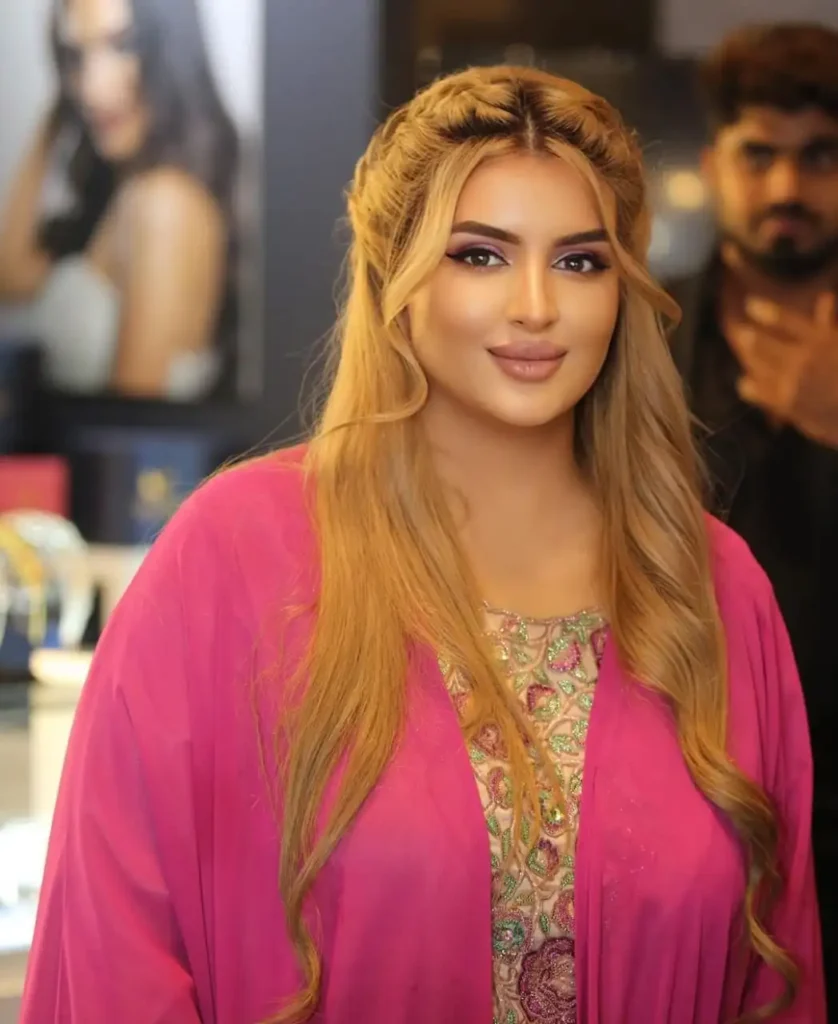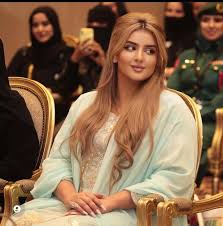In the rich tapestry of Arabian culture, weddings have always held deep significance—not just as a union of two individuals, but as a powerful reflection of family, faith, and national identity. The barat of Sheikha Mahra bint Mohammed Al Maktoum was no exception. This wasn’t merely a royal event—it was a living narrative of legacy, elegance, and cultural continuity, reminding the world why Dubai remains a shining symbol of modernity anchored in heritage.

Sheikha Mahra, daughter of His Highness Sheikh Mohammed bin Rashid Al Maktoum, has long been admired for her poised personality, strong educational background, and commitment to the values of her people. Her barat ceremony was an extension of who she is—deeply rooted in heritage, yet open to global elegance. Her marriage to Sheikh Mana bin Mohammed bin Rashid bin Mana Al Maktoum was not only a match of lineage but of vision. Both are seen as young leaders who embody the pride and responsibility of royal life in the UAE.
The word “barat” traditionally describes a groom’s wedding procession in South Asian cultures. In Sheikha Mahra’s celebration, it was more symbolic—a ceremonial journey of two powerful families merging under the banner of love, unity, and mutual respect. The event was private, dignified, and yet radiated with spiritual and emotional depth.
The wedding venue, believed to be one of the most exclusive royal halls in Dubai, was transformed into a palace of dreams. Inspired by the ancient palaces of Andalusia and the intricate geometry of Islamic art, the décor featured arabesque arches, marble fountains, and delicate lattice work. The soft glow of lanterns, the scent of oud, and the sound of Arabic strings created an ambience that was both intimate and majestic.
Sheikha Mahra’s bridal look was the talk of the evening. Rather than opting for a globally trending style, she embraced traditional modesty with a royal twist. Her custom-designed ensemble was made by an elite Arab designer who used handwoven silk, gold embroidery, and ancient Emirati jewelry motifs. Her crown, crafted by royal jewelers, featured emeralds and pearls sourced from the Gulf, echoing the maritime heritage of the UAE.
The ceremony itself was quiet and dignified. The couple’s nikah was recited in the presence of selected elders and religious figures, with blessings offered by the imam. Unlike Western-style weddings, there were no public vows or speeches. Instead, the significance was spiritual—the coming together of two souls under the guidance of faith and family.
Following the formal proceedings, guests were treated to a series of traditional performances. Sword dancers, known as Al-Ayalah, took center stage, evoking scenes from Emirati heritage where tribal pride and unity were expressed through coordinated movement and rhythm. Female singers performed folk songs from the desert and sea, while poetry recitations filled the hall with emotion and honor.
The barat also showcased the renowned hospitality of the Emirati people. The banquet featured heritage dishes such as khuzi (roast lamb on rice), balaleet, hummus, and stuffed vine leaves, alongside gourmet modern cuisine. The dessert tables featured golden date pastries, rose-flavored sweets, and saffron-infused cakes shaped like desert flowers. Every detail reflected pride in cultural identity and a desire to honor every guest.
What made the event so impactful, however, was not the wealth on display—but the message. In an era where many traditions are being forgotten, Sheikha Mahra’s wedding was a declaration of cultural preservation. The attire, the rituals, the food, the music—each element was a tribute to the UAE’s unique blend of Bedouin, Islamic, and seafaring cultures.
Media coverage remained respectful and minimal, reflecting the family’s commitment to privacy. Selected official photographs were released by the royal household, showing serene, elegant moments from the evening. One widely shared image showed Sheikha Mahra being embraced by her father, with poetry verses written by Sheikh Mohammed captioning the photo: “You are my pride, my daughter. Today, I give you to a man worthy of your spirit.”
As Emiratis and admirers from across the Arab world offered their congratulations, the event became a beacon for cultural pride. Young women in the Gulf looked to Sheikha Mahra as a symbol of balanced womanhood—modern, educated, and principled. Her barat, rather than being merely luxurious, was inspirational, reminding many that royal weddings are not just about glamour, but legacy.
In this momentous celebration, the royal family honored not just the union of two souls, but the endurance of Arab culture and the importance of family in a fast-changing world. As the music faded, the lights dimmed, and the guests departed, what remained was not just the memory of a beautiful ceremony—but the echo of a timeless tradition passing proudly into the future.
